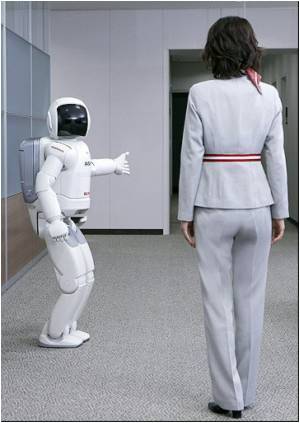Behaviour of dogs could help robot designers fine-tune their future designs, reveals researcher.

This animal behaviour study tested the reaction of 41 dogs.
They were divided into two groups depending on the nature of human-robot interaction: 'asocial' or 'social.' One set of dogs in the 'asocial group' first observed an interaction between two humans (the owner and the human experimenter) and then observed an 'asocial' interaction between the owner and the robot.
The remaining dogs in this group participated in these interactions in the reverse order.
Then, in the 'social group,' one set of dogs watched an interaction between the owner and the human experimenter followed by observing a 'social' interaction between the owner and the robot.
The remaining dogs in this group also participated in these interactions in the reverse order. These interactions were followed by sessions in which either the human experimenter or the robot pointed out the location of hidden food in both the 'asocial' and the 'social' groups.
The researchers believe that the dogs' previous experience with the robot, while watching their owners interact with the PeopleBot, may have also influenced their attitude towards it when they confronted it during the pointing phase.
Source-ANI
 MEDINDIA
MEDINDIA




 Email
Email




